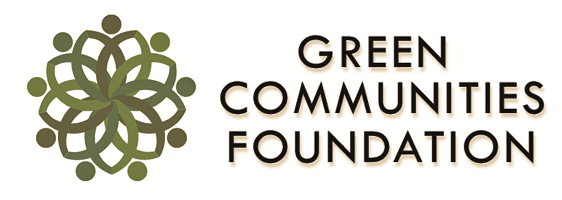Basics of Segregation
What is segregation? – Municipal solid waste can be broadly classified as biodegradable and non-biodegradable. Biodegradable consists of organic waste like kitchen waste, fruits, vegetables, leaves, flowers and paper.
Non-biodegradable can be further classified as recyclable waste like plastic, paper, metal, glass etc. and toxic/ hazardous waste like e-waste, sanitary waste, diapers, biomedical, medicines, batteries, spray cans etc.
Segregation of waste is separation of waste into biodegradable, recyclable and hazardous. When waste is not segregated at source, i.e. at the place where it is created, segregating it later becomes a problem. It is either time consuming or expensive or sometimes impossible to do. Most of the mixed waste ends up in landfills and pollutes the environment in several ways.
When waste is segregated at source, each of its components can be handled separately. Organic waste can be composted, recyclable waste is recycled and hazardous waste is treated and disposed off in a scientific manner.
The easiest way to segregate is to have three separate containers at source for the three broad types of waste.
For e.g.
- Green bin – Kitchen/ Organic waste
- Blue bin – Recyclable waste like paper, plastic, glass, metal, wood, cardboard, e-waste etc.
- Red bin – reject waste like sanitary waste, diapers, soiled paper and plastic etc.

